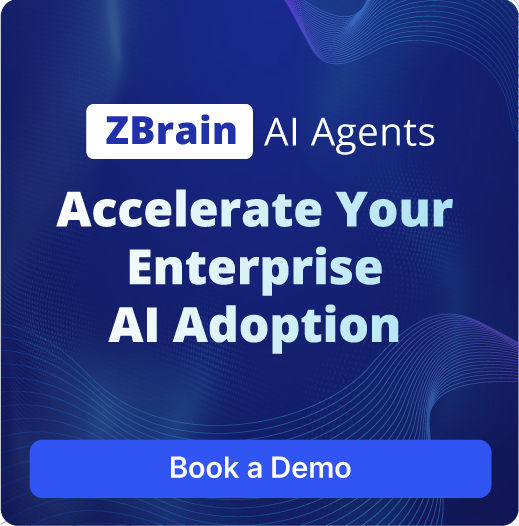 Live
LiveContract Validation Agent
Validates agreements and contracts against predefined company policies and rules, ensuring compliance and reducing risks.

 Live
LiveContract Drafting Agent
Automatically drafts contracts based on organizational policies, specific functions, and examples provided as variables.

 Live
LiveContract Summarization Agent
Generates concise summaries of lengthy contracts highlighting key points such as obligations, deadlines, and penalties.

Template Clause Validation Agent
Validates language and clauses in generated templates against legal standards to ensure compliance.

Contract Data Population Agent
Populates contract templates with client and project-specific details for draft generation.

Contract Compliance Check Agent
Validates populated contracts against compliance standards, ensuring no critical terms were altered in the data population process.

Contract Review Summary Agent
Generates a concise review summary of populated contracts, highlighting key points, obligations, and potential issues.

Template Language Generation Agent
Generates standardized language and clauses for contract templates based on contract’s type, jurisdiction, and compliance standards.

Contract Signature Reminder Agent
Automates reminders for pending contract signatures, ensuring timely execution and preventing completion delays.
Contract Version Tracking Agent
Automates contract revision tracking to ensure current versions are used and all changes are documented for efficient management.

 Live
LiveContract Clause Extraction Agent
AI-driven tool that extracts and categorizes key contract clauses to streamline contract reviews, reducing human oversight.
 Live
LiveContract Validation Agent
Validates agreements and contracts against predefined company policies and rules, ensuring compliance and reducing risks.

 Live
LiveContract Drafting Agent
Automatically drafts contracts based on organizational policies, specific functions, and examples provided as variables.

 Live
LiveContract Summarization Agent
Generates concise summaries of lengthy contracts highlighting key points such as obligations, deadlines, and penalties.

Template Clause Validation Agent
Validates language and clauses in generated templates against legal standards to ensure compliance.

Contract Data Population Agent
Populates contract templates with client and project-specific details for draft generation.

Contract Compliance Check Agent
Validates populated contracts against compliance standards, ensuring no critical terms were altered in the data population process.

Contract Review Summary Agent
Generates a concise review summary of populated contracts, highlighting key points, obligations, and potential issues.

Template Language Generation Agent
Generates standardized language and clauses for contract templates based on contract’s type, jurisdiction, and compliance standards.

Contract Signature Reminder Agent
Automates reminders for pending contract signatures, ensuring timely execution and preventing completion delays.
Contract Version Tracking Agent
Automates contract revision tracking to ensure current versions are used and all changes are documented for efficient management.
Optimize Contract Workflows in Legal Operations with ZBrain AI Agents
ZBrain AI agents are expertly designed to enhance and streamline contract workflows in legal operations. Specializing in areas like Contract Management, Contract Drafting, and Review, these AI-powered agents integrate seamlessly into existing processes, enabling legal teams to handle contract volumes more efficiently while ensuring compliance. By automating repetitive tasks, ZBrain AI agents reduce manual labor, allowing legal professionals to focus on higher-value activities while maintaining accuracy and consistency. Tailored for the entire contract lifecycle, ZBrain AI agents offer a comprehensive range of capabilities. The Contract Management agent efficiently organizes, stores, and tracks key contract details, ensuring quick access to essential documents and important deadlines. The Contract Drafting and Review agent simplifies document creation with pre-built templates, compliance checks, and streamlined approval workflows, enabling faster turnaround times and reliable results. Additionally, ZBrain AI agents support contract template creation, ensuring standardized document formats that align with legal requirements. The Final Compliance Check agent ensures each contract meets all necessary legal standards before approval, while the Contract Data Population agent automatically fills in contract information, reducing errors and saving time. By leveraging ZBrain AI agents, legal teams can eliminate manual bottlenecks and streamline everyday tasks, empowering them to focus on more strategic aspects of legal operations, thus driving greater efficiency and productivity in the legal department.

